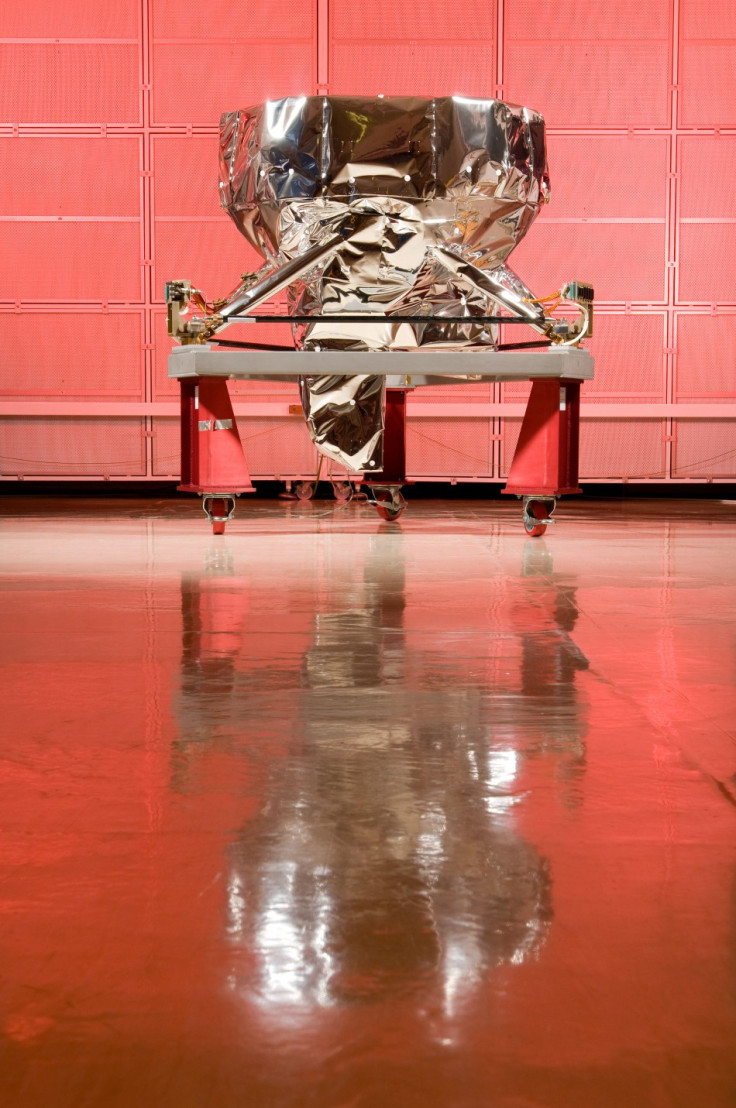First Light Instrument MIRI Ready to Be Shipped to Nasa

One of the major European contributions to the James Webb Space Telescope (JWST), the Mid-Infrared Instrument (MIRI), has been completed and is ready for transfer to Nasa.
It took over a decade of work by around 200 engineers and scientists to construct the instrument which is a camera so sensitive it could see a candle on one of Jupiter's moons.
The MIRI Optical System is an instrument for the James Webb Space Telescope (JWST) that will eventually take up a position four times further away from earth than the moon. It will now be shipped to Nasa's Goddard Space Flight Center where it will be integrated with the other three instruments and the telescope.
MIRI is the first of the four instruments on board the JWST to be completed.
"MIRI is the impressive result of more than ten years of work, led by Britain in partnership with Europe. With world-leading space research facilities at the Rutherford Appleton Laboratory, a host of excellent universities and strategic direction from the UK Space Agency, the UK is clearly well placed to contribute to major global missions," David Willetts, Minister for Universities and Science stated during the handover ceremony on 9 May, 2012.
According to the Rutherford Appleton Laboratory (RAL) Space website, the instrument has been subjected to exhaustive mechanical and thermal testing at the same facility to make sure it can not only survive the rigors of a journey into space, but also remain operational for the life of the mission.
"The whole team is delighted that our hard work and dedication has resulted in a MIRI instrument that will meet all our scientific expectations. It is wonderful to be the first to achieve this major milestone for the JWST project. We can now look forward to significant scientific discoveries when it is launched," stated Gillian Wright, the European Principal Investigator for MIRI based at STFC's Astronomy Technology Centre.
The instrument will be transported to Nasa's Goddard Space Flight Center in Maryland in a specially constructed environmental container designed to protect it from moisture and keep the temperature stable.
© Copyright IBTimes 2025. All rights reserved.





















